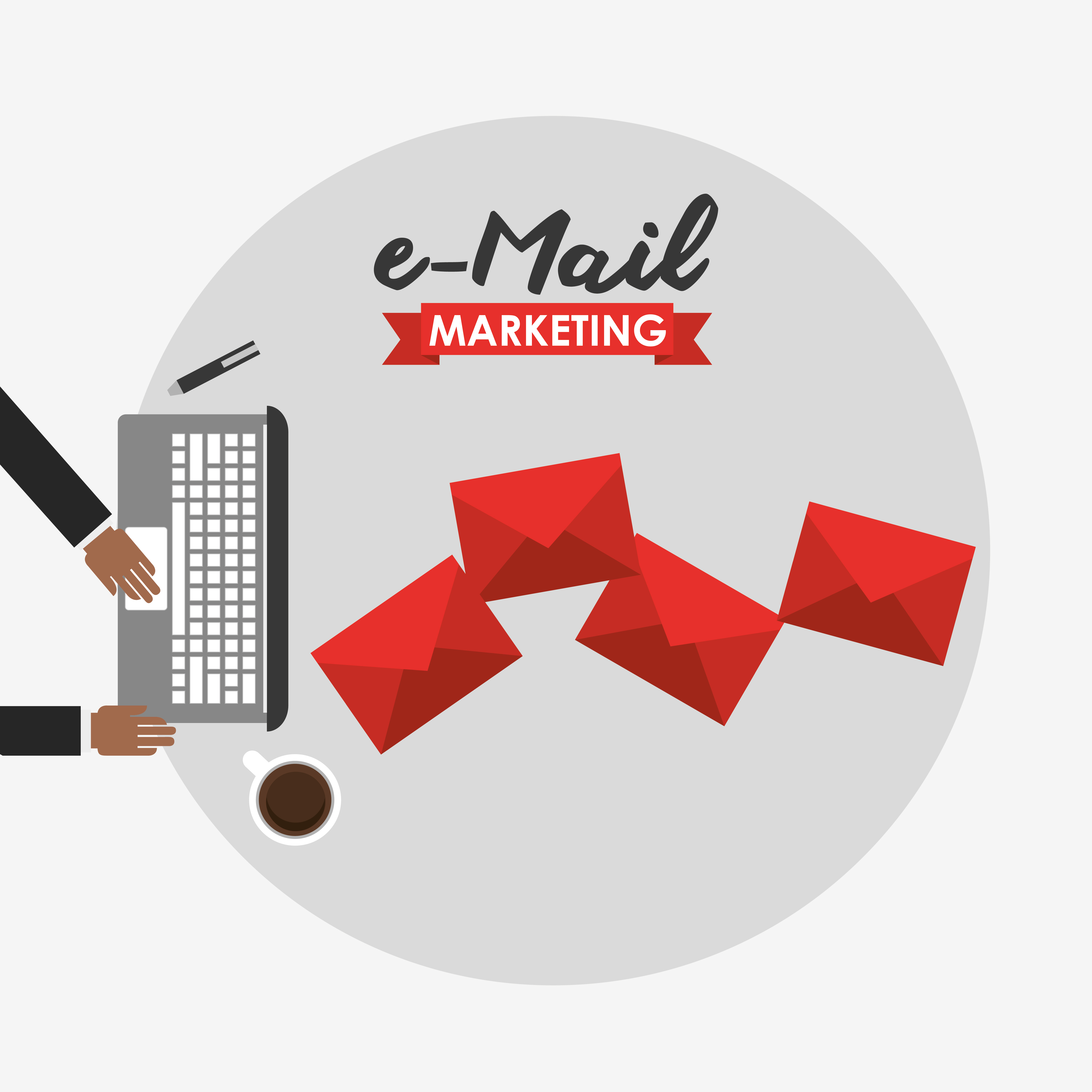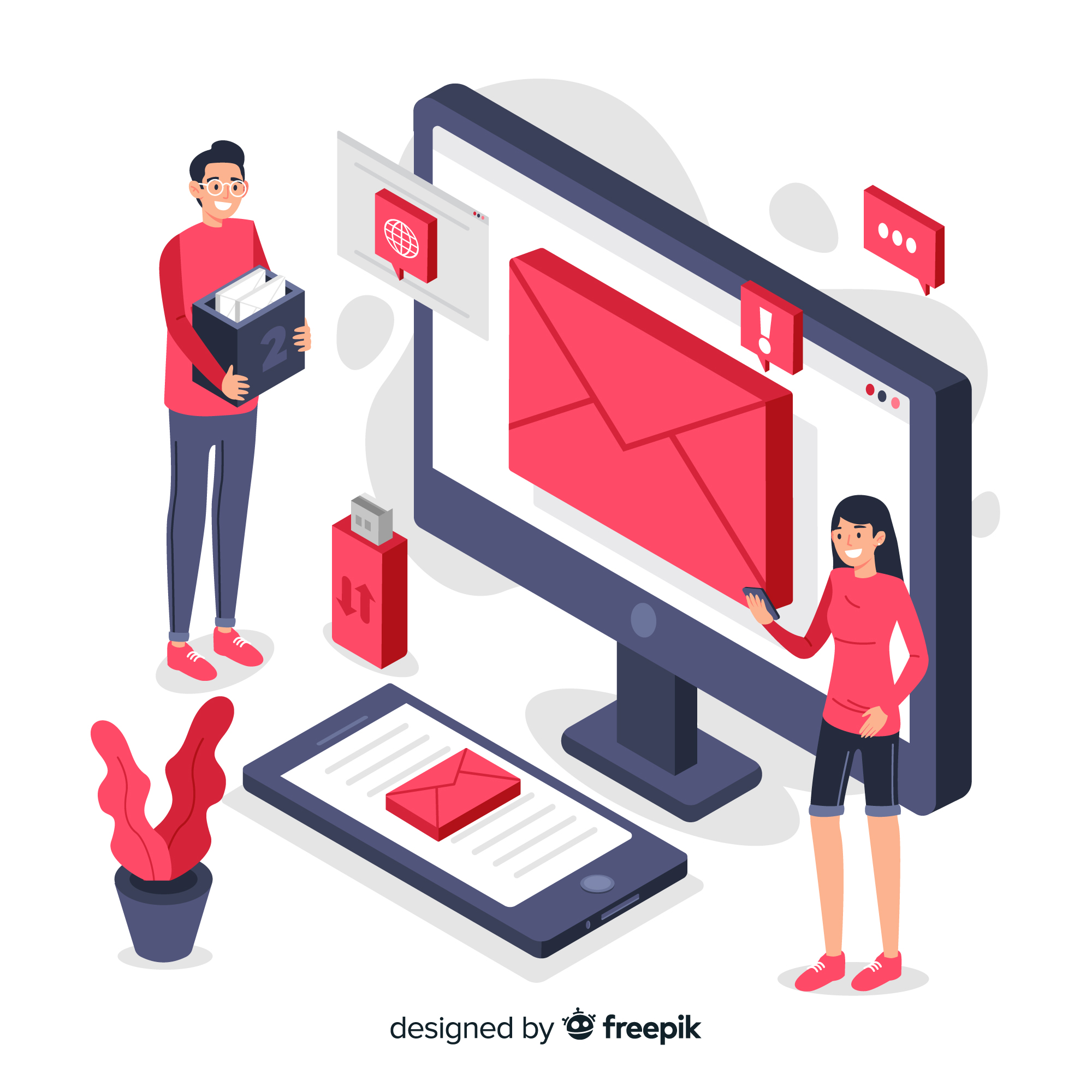Creating an effective marketing email involves incorporating several key elements that work together to engage recipients, communicate the message clearly, and drive the desired action. Here are some essential elements of an effective marketing email:
1. Compelling Subject Line : The subject line is the first thing recipients see. It should be concise, intriguing, and relevant, encouraging them to open the email.
2. Clear and Relevant Content : The email's content should be well-organized, concise, and directly related to the subject line. It should provide value, whether through informative content, special offers, or engaging storytelling.
3. Personalization : Address the recipient by their name and use segmentation to tailor the content to their interests, preferences, or behaviors. Personalization enhances engagement and makes the email feel more relevant.
4. Engaging Visuals : Incorporate attention-grabbing visuals like images, videos, or GIFs to break up text and make the email visually appealing. Visual elements should complement the message and enhance its impact.
5. Clear Call-to-Action (CTA) : The email should have a single, prominent CTA that clearly communicates the desired action, such as "Shop Now," "Download," or "Learn More." Make sure the CTA stands out visually and is easily clickable.
6. Compelling Copy : Craft persuasive copy that highlights the benefits of the offer, product, or service. Use concise language, focusing on the value proposition and how it solves the recipient's problem or fulfills their needs.
7. Mobile-Friendly Design : Ensure the email is responsive and displays correctly on various devices, especially mobile phones. A significant portion of recipients opens emails on mobile devices.
8. Social Proof and Reviews : Include customer testimonials, ratings, reviews, or recognizable brand logos to build trust and credibility. Social proof validates your claims and helps recipients make informed decisions.


9. Minimalist Layout : Keep the design clutter-free and easy to scan. Use short paragraphs, bullet points, and headings to improve readability and guide recipients through the content.
10. Sender Information : Clearly indicate who the email is coming from. Use a recognizable sender name and a professional email address to establish trust.
11. Unsubscribe Option : Send relevant content to specific segments of your audience based on their demographics, behaviors, or preferences. Tailored content increases engagement and conversion rates.
12. Segmentation and Targeting : Send relevant content to specific segments of your audience based on their demographics, behaviors, or preferences. Tailored content increases engagement and conversion rates.
13. Preview Text : Craft a compelling preview text that appears below the subject line in the recipient's inbox. This text provides a sneak peek of the email's content and can influence open rates.
14. Social Sharing Buttons : Include buttons that allow recipients to share the email content on social media platforms. This extends your reach and encourages recipients to become brand advocates.
15. Testing and Optimization : Before sending, test your email on various devices and email clients to ensure it looks and functions correctly. A/B testing can help optimize subject lines, CTAs, visuals, and other elements for better performance.
Each element should contribute to a cohesive and persuasive message that resonates with your target audience and encourages them to take action.